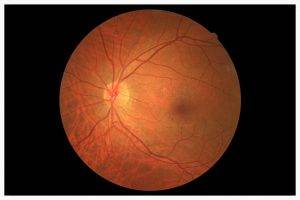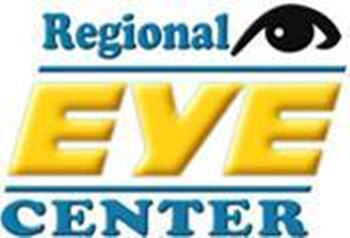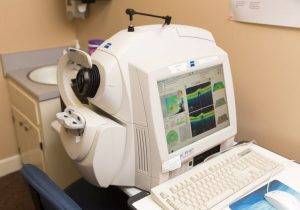Learn more in this Q&A discussion with Dr. Greene as he responds to many frequently asked questions about how OCT technology can help you.
Q. Please describe what the OCT is used for and give a basic sense of how it works.
A. An OCT scanner uses light to detect pathologies in the eye.
 The technology is similar to an ultrasound, which uses sound to detect mass. Once the scan is completed, it creates an HD image of the OCT’s findings, which is stored over time. The OCT enables us to get a microscopic view of the various layers of the retina, which is the most important structure in the eye.n ultrasound, which uses sound to detect mass. Once the scan is completed, it creates an HD image of the OCT’s findings, which is stored over time. The OCT enables us to get a microscopic view of the various layers of the retina, which is the most important structure in the eye.
The technology is similar to an ultrasound, which uses sound to detect mass. Once the scan is completed, it creates an HD image of the OCT’s findings, which is stored over time. The OCT enables us to get a microscopic view of the various layers of the retina, which is the most important structure in the eye.n ultrasound, which uses sound to detect mass. Once the scan is completed, it creates an HD image of the OCT’s findings, which is stored over time. The OCT enables us to get a microscopic view of the various layers of the retina, which is the most important structure in the eye.
Q.
What components, or how much of the retina, does the OCT look at and give imaging for?
A. We look at two main parts of the retina, the optic nerve and the macula. The optic nerve carries information from your eye to your brain, and the macula which is the point in the eye with the most dense photoreceptor cells. When we look at these 2 crucial components of the retina, we can diagnose disease early and start treatment before the eye sustains damage.
Q. What types of eye diseases and disorders can be discovered?
A. The main eye diseases we use the OCT for are Glaucoma and Age-Related Macular Degeneration. Using the OCT we can also see many other eye diseases and conditions, including retinal holes, retinitis pigmentosa, congenital eye disorders, genetic diseases, and diabetes.
Q. What is it about this particular technology that you find most exciting; the component that made you feel you need to invest in this for your practice?
A. It is very exciting that we can see the retina so clearly. The retina is only about 300 microns thick (0.3 millimeters) and using the OCT we are magnifying it so we can see it with our naked eye. Using the OCT we can see the beginnings of diseases that we could never see without such magnification. In addition, the OCT is very easy to understand, and patients gain much more information than was possible before this technology.
Q. Can you describe the patient experience when using the OCT?
 A. The OCT is very easy to use. A patient sits down, puts his or her face next to a camera, looks at a green light for 2 seconds and then the test is over. The scanner is so sophisticated that you don’t have to worry about blinking, because it takes care of eye alignment itself.
A. The OCT is very easy to use. A patient sits down, puts his or her face next to a camera, looks at a green light for 2 seconds and then the test is over. The scanner is so sophisticated that you don’t have to worry about blinking, because it takes care of eye alignment itself.
Q. Do the patients that walk through your doors day in and day out, appreciate the upgrade in technology?
A. Our patients definitely appreciate our new technology. Our patients who receive an OCT scan all tell me that they are confident that we have covered every base, and their eyes are healthy. The OCT technology catches virtually every eye disease or conditions.
Q. How does this technology improve comprehensive eye exams compared to the days when we did not have an OCT in the optometric office?
A. The most important difference is that now we have much earlier detection of eye disease, which ultimately means that we save more people’s vision. We have also been able to cut down on referrals to other doctors, and on making our patients wait weeks for a diagnosis. Also, the eye exam is now much more educational and fun.
Q. To what patients do you recommend using the OCT?
A. I use the OCT scan on everyone because it is a great screening tool, and an amazing educational tool. Of course I recommend the OCT for patients with particular eye diseases, like Age-Related Macular Degeneration and Glaucoma.

